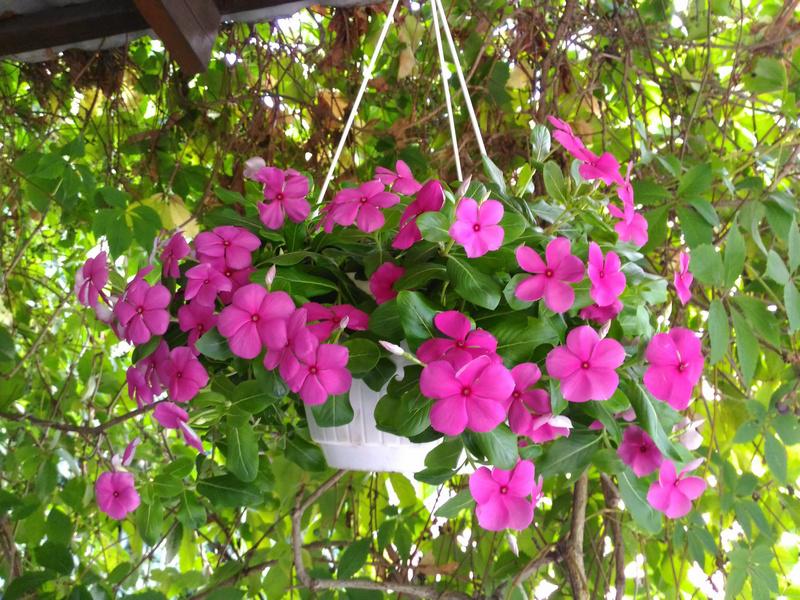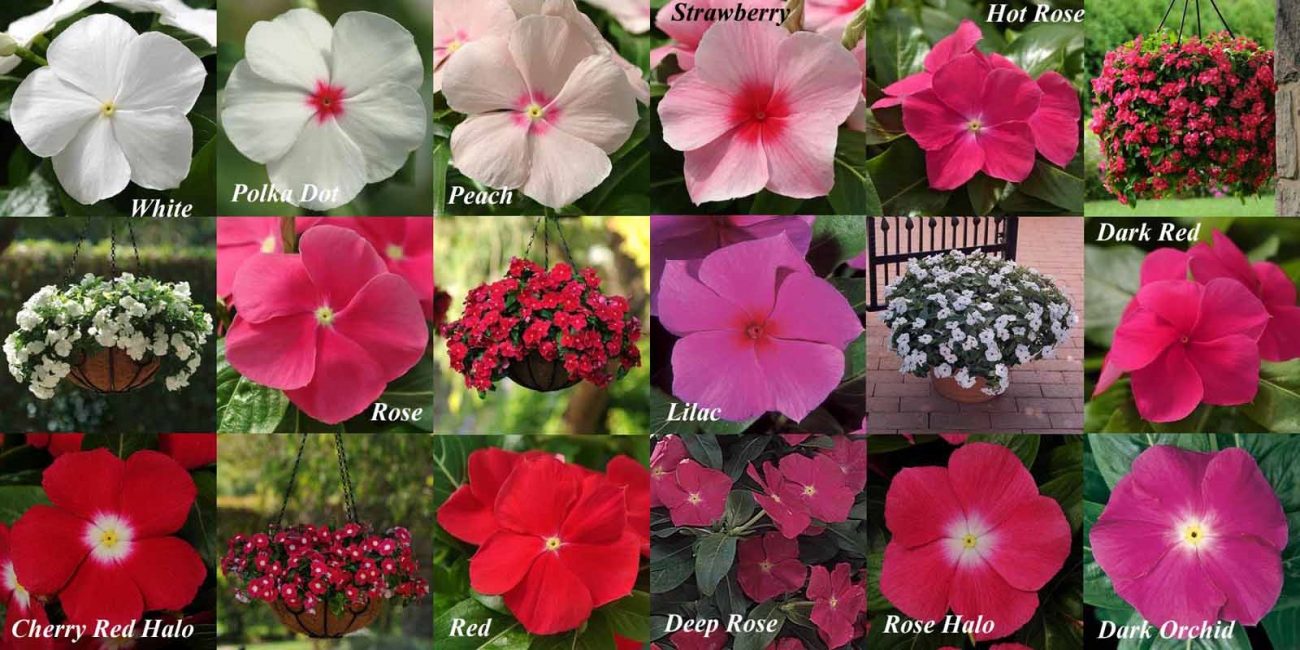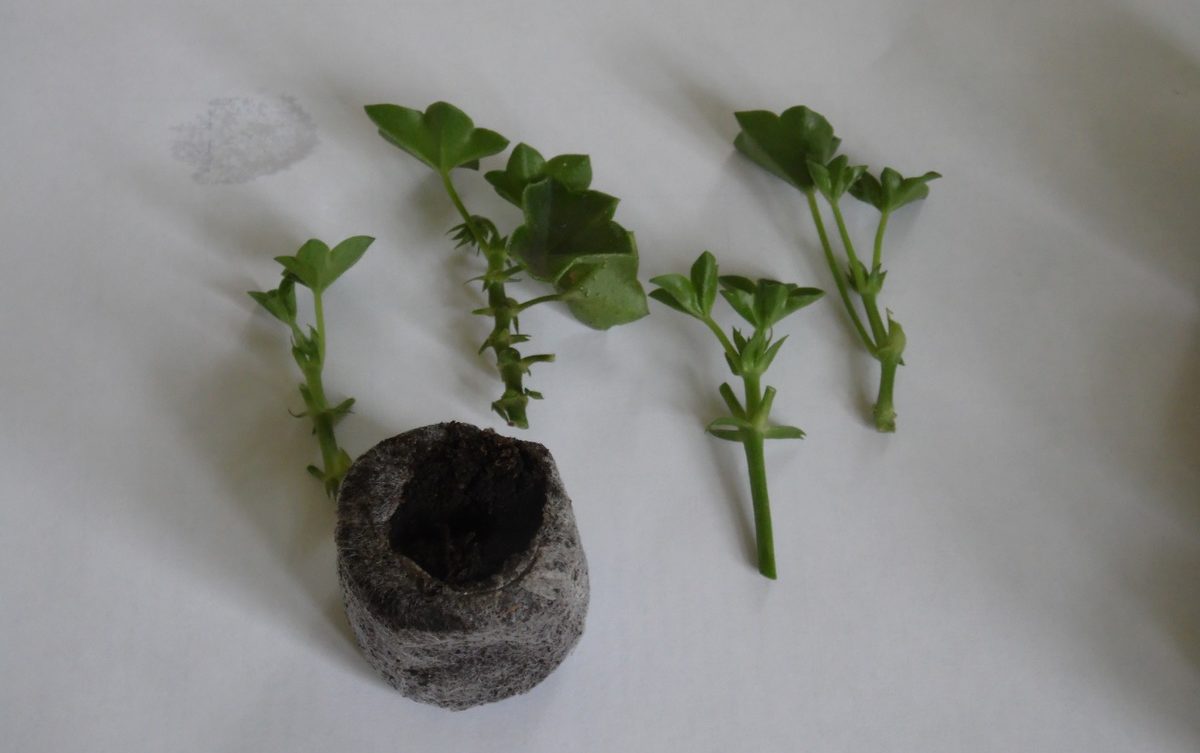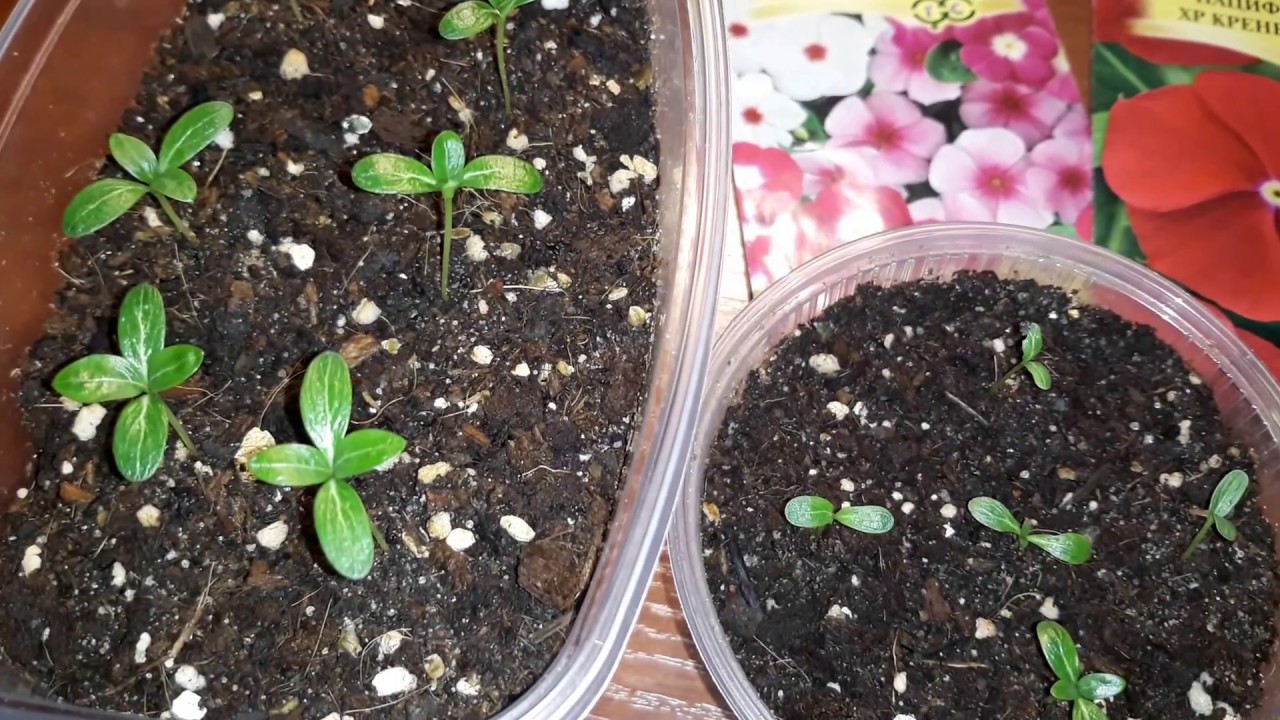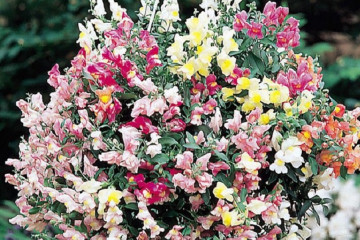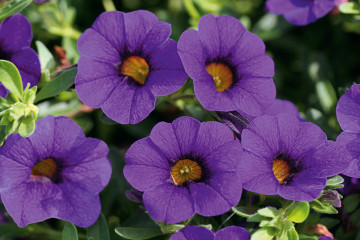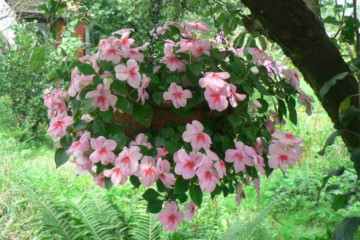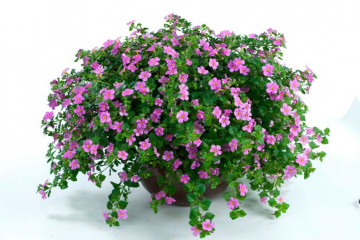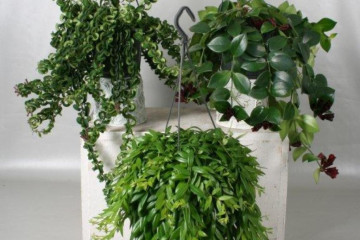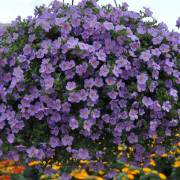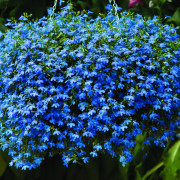Ampelous catharanthus - what kind of flower
Content:
- Ampelous catharanthus - what kind of flower is it, what family does it belong to?
- Varieties of indoor plants with names, what they look like
- How to care for a catharanthus at home
- Planting a catharanthus in the open field
- Features of flowering plants
- Flower reproduction methods
- Growing problems, diseases and pests
Bright, effective, unpretentious, suitable for growing outside and at home - all this can be said about the catharanthus. Those who are not yet familiar with this ornamental plant should pay attention to it. With minimal effort on the part of the florist, you can get a luxurious living home decoration. However, first you need to figure out how the ampelous catharanthus differs in growing and caring.
Ampelous catharanthus - what kind of flower is it, what family does it belong to?
This plant belongs to the Kutrovye family and is a small evergreen shrub. In its natural conditions, Katarantus can be quite high (up to 1.5 m), however, a plant grown at home, in most cases, grows no more than 50-60 cm.
Erect, bright green stems branch strongly as they approach the top. Leaves are densely located on them, reaching a length of 7 cm. The leaf plate has an elongated shape and an even edge. The flowers are bright, large enough, with delicate petals.
Brief description, history of origin or selection
It is impossible to determine the exact place of origin of this flower, since the distribution area is quite wide. Catharanthus is found in Africa, India, Madagascar, Sri Lanka. For a long time it was believed that the flower belongs to the same family with Periwinkle, but later this theory was abandoned.
The healing properties of the flower
For medicinal purposes, the plant was used in Madagascar and India. It was used to treat coughs and lower blood sugar levels. Modern pharmacology has also recognized the possibility of treatment with catharanthus. Antineoplastic drugs are produced from it.
Varieties of indoor plants with names, what they look like
The catharanthus has many varieties bred selectively.
Aristocrat
The variety is distinguished by lush bushes and large buds, which can be painted in different colors (from snow-white to purple). Due to the abundance of bright flowers and greenery, the variety is great for flowerpots, landscaping and decorating parks.
Pacific
The variety has a miniature size - the bush grows no more than 30 cm in height. The Pacific blooms early and is distinguished by a large number of buds. Petals come in different shades, which is why the flowers have different names:
- Burgundy - wine petals with a white heart;
- Epricot - peach-colored flowers with a red center;
- White - white petals with a bright red center;
- Red Cooler - solid red petals.
First Kiss
This is another collection of Catharanthus cultivars, which includes 13 shades. Such varieties are in great demand in North America, where this plant has won top awards.
Cascade
The bush rarely grows more than 15 cm in height.The shoots of this variety are creeping, in some species they can reach a length of 75 cm. Depending on the shade of the petals, the flower has different names, for example, Titan White or Cherry Bark.
Others
The above varieties are the most popular among flower growers. However, there are also a number of varietal catharanthus with original colors, for example, Tatu Papaya, Tatu Black Cherry and Casanova. Another representative of this family is Roseus Catharanthus (Roseus Catharanthus).
How to care for a catharanthus at home
The homeland of the flower is warm countries, so the plant needs to maintain a suitable temperature regime and watering scheme.
Illumination and temperature conditions
For good growth and abundant flowering, the catharanthus needs a temperature of + 18 ... +25 degrees. If there is a temporary decrease to +10 degrees, the plant will endure it steadily. However, prolonged cooling is highly undesirable. At home, it is better not to put the flower next to the heating system.
All varieties of ornamental plants are extremely sensitive to light. It is best to provide diffused light. At home, it is advisable to place the flowerpot on the east or west windows. On the street, they choose a site in partial shade.
Watering rules and humidity
Watering frequency may vary. It directly depends on air humidity and temperature conditions. It is important to follow a few guidelines here:
- Regular watering is necessary when the top layer of the earth dries up.
- Better to have a slight lack of moisture than waterlogging.
- If the air humidity is low, the flower is sprayed daily and the dust is wiped off the leaves with a damp sponge.
Top dressing and soil quality
Catharanthus ampelous grows best in a light, nutrient-rich substrate. When planting, it is worth choosing a ready-made soil suitable for flowering crops. Self-cooking requires sand (must be processed and washed), peat and turf soil. It is imperative to use drainage as the bottom layer.
Flower container size
Catharanthus grows extremely quickly, so the pot should be chosen a little larger. Tall and narrow flowerpots are best suited, which is explained by the structure of the root system of the flower. In this case, the shrub will always produce a large amount of greenery and buds.
Pruning and replanting
In the first month of spring, the houseplant needs to be updated. To do this, cut off too long branches, damaged and dry parts.
In the summer, you can form a beautiful, neat crown by pinching. Dried flowers are also cut to actively form new buds.
If the periwinkle Katarantus needs to be transplanted, this procedure is performed by transshipment. At this time, it is important to inspect the condition of the roots and, if necessary, repair all damage.
Planting a catharanthus in the open field
If the bush is planned to be planted in open ground, then only seedlings (not seeds) are chosen for this. Strong shoots are planted in the soil in late spring. This is explained by the sensitivity of the flower to the winds.
Features of flowering plants
All types of catharanthus, regardless of the variety, have a wheel-like flower structure. The bud consists of a small dense corolla and 5 regular petals. Most varieties have a complex color - the edges of the petals differ in color from the core.
A period of activity and rest
For the winter, flower growers recommend transplanting the pink periwinkle catharanthus into temporary containers and taking it home. As soon as it gets warm and the temperature stabilizes, the flowers are transplanted into the open ground again.
Flower reproduction methods
Catharanthus can be propagated in several ways:
- using cuttings;
- by dividing the mother bush;
- seeds.
Propagation by cuttings
Planting by cuttings is performed as follows:
- Cuttings are separated - these are the apical shoots, the size of which is from 4 to 6 cm. A prerequisite is the presence of leaves on the cuttings.
- The shoot is placed in water until the roots appear, after which it is planted in the ground.
- For quick rooting, part of the leaves from the shoot is cut off.
Rooting in the ground
After the cutting is planted in the soil, cover it with a bag or plastic cup. It is important to open the mini greenhouse regularly for ventilation and watering.
Reproduction by dividing the bush
An adult shrub can be divided into several smaller shrubs. To do this, perform the following steps:
- Remove the plant from the pot, divide the rhizome into several parts. The instrument must be sharp and disinfected.
- The cuts on the roots are treated with charcoal.
- After planting, the plant should not be watered for a couple of days, but only sprayed.
Growing from seeds
The seeds do not have time to ripen from home flowers, so it is better to buy seed material for planting at a flower shop. Sowing flowers should be done in advance, since it takes about 70 days from the moment of sowing to the appearance of buds.
Cover the box with soil and sown seeds with foil. Seedlings appear in 7-8 days. Seedlings should be grown in a well-lit, warm place. From time to time, seedlings need to be watered carefully.
Growing problems, diseases and pests
The condition of the catharanthus pink GF can worsen for a number of reasons:
- The lethargy and softness of the leaves often occurs with a lack of moisture and excessive sun exposure.
- Rare flowering or small buds are the result of hypothermia of the flower or lack of space in the pot.
- Another reason is the appearance of pests. Scales, aphids, slugs, spider mites and whiteflies love to attack the flower.
How to deal with them
If a plant disease is associated with improper care, it is enough to adjust the conditions of detention to restore it. If the cause is an attack of insects and slugs, it is necessary to treat the bushes with insecticides.
The evergreen shrub catharanthus can be an excellent decoration for both a balcony, if placed in containers or boxes, as well as flower beds, robots and rockeries. Some varieties are intended for cultivation in hanging pots. With proper care, observance of the temperature regime and the irrigation scheme, the catharanthus will delight with bright flowering from the beginning of May to the end of November.
